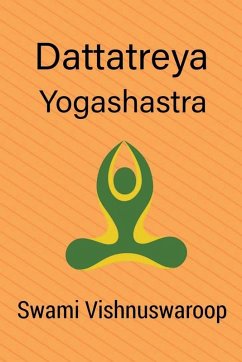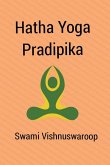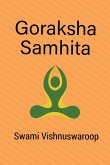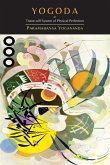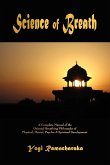Datt¿treya Yogä¿stra, in a dialogue form between S¿nkriti and Lord Datt¿treya, is a unique classical yogic text. It imparts the right concept and rational knowledge of yoga with a heavy focus on practice with great effort. It clearly outlines that everyone is entitled to yoga practice regardless of one's age, sex, faith and belief, sect and cult and tradition and religion, and robe and physical appearance. Regarding the four stages of yoga, the text mentions ¿rambha, ghäa, paricaya and ni¿patti avasth¿s. Of the Hähayoga practices, it elaborates mainly eight bandhas and mudr¿s which are mah¿mudra, mah¿bandha, khecari mudr¿, j¿ladhara, uddiy¿na and moola bandhas, viparitakarana and vajroli. Of yamas and niyamas the Yogä¿stra regards that laghv¿h¿ra (eating less) and ahims¿ are supreme respectively. Of all the asanas, practice of padm¿sana alone is highly recommended and also regarded as the destroyer of all diseases. The Yogä¿stra emphasizes that one can not achieve success in yoga just by reading scriptures, by wearing special garbs/dresses, by repeating mantras and by worshiping Gods and deities, but by constantly practicing it without sloth. Datt¿treya Yogä¿stra regards pr¿¿¿y¿ma as an important practice in yoga s¿dhan¿. Padm¿sana is highly recommended for the practice of pr¿¿¿y¿ma. The techniques of pr¿¿¿y¿ma are fully elaborated with the inclusion of the practice of three bandhas and sahita kumbhaka (with the retention of breath) for the purification of n¿¿is. It is further described that when the n¿¿is are purified, the signs of success in the body of yogi become visible. When kumbhaka practice is prolonged gradually every day, the yogi finally attains kevala kumbhaka that is the ultimate goal of pr¿¿¿y¿ma practice. The text also explains that when kevala kumbhaka is achieved, the yogi experiences several signs in his body and attains some minor siddhis. This is called the ¿rambha avasth¿ (stage). When kevala kumbhaka is perfected through further practice, he attains ghäa avasth¿. This is a very important stage in which pr¿na and ap¿na, manas and pr¿¿a and ¿tm¿ and param¿tm¿ are united. It instructs further that the yogi in this stage should practice praty¿h¿ra. While practicing praty¿h¿ra, the yogi feels unity will one and all and also he attains miraculous powers, but he is advised neither to be attached to them nor to disclose them. The text further elaborates that when perfection is attained through practice on five elements, the yogi attains supernatural powers like anima, etc. Then the yogi should continue his practice of meditation first on sagüa brahma and then nirgüa brahma so he can finally attain the culmination of yoga, ni¿patti avasth¿ in which he realizes the union with God. After achieving his union with God, at this stage, the yogi as per his wish may leave his body or he may wander as a j¿van mukta (one who is liberated while living) in this universe.
Bitte wählen Sie Ihr Anliegen aus.
Rechnungen
Retourenschein anfordern
Bestellstatus
Storno

